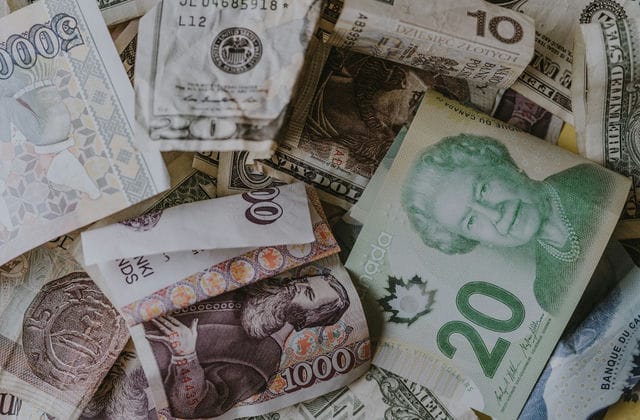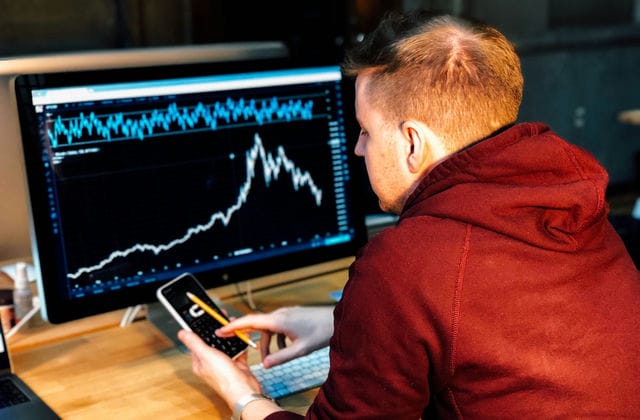What does gold margin trading mean?
Gold margin trading means that in the business of buying and selling gold, market participants are not required to transfer the full amount of funds for the gold traded, but only to pay a certain percentage of the price according to the total amount of gold traded as a guarantee of performance upon physical delivery of gold. In the current world of gold trading, there are both gold futures margin trading and gold spot margin trading.

Gold margin trading has three main functions: the first is price discovery; the second is hedging; the third is speculation for profit. Price discovery is the function of gold futures trading, and the gold futures price is the future reflection of the gold spot price. Hedging, on the other hand, can be achieved in both futures margin trading and spot margin trading. Here it may be necessary to explain the concept of gold hedging, which refers to the market practice of gold traders locking in risk or locking in returns at current values in order to hedge against the market risk arising from uncertain movements in the future price of gold. Because of its high leverage, margin trading has also become a tool for investors to speculate for profit.

What are the characteristics of gold margin trading?
Gold margin trading is a double-edged sword, when gold users or gold producers need to hedge the spot to hedge the market risk, do not need to use a large amount of capital, only need to pay a certain percentage of the margin, as a physical delivery of the security. This means of trading reduces the financial pressure on market participants, which is its advantage. The disadvantages are mainly reflected in the fact that it often entails a great deal of risk, and investors who hedge quantities in a blindly speculative manner can incur significant losses or even bankruptcy in the event of poor decision making.

What is the difference between spot margin trading and futures margin trading?
Gold spot margin trading is represented by the London spot market, which does not have a fixed trading venue. The five major gold dealers in London (Rolfing, Campbell's, Wanda Key, Wanda, Methuselah Pacific) act as counterparties to the global market participants, and when investors buy gold, they have to pay a certain percentage of interest on a daily basis as they only pay a certain percentage of the spot margin, and the remaining payment is relative to a loan from a bank.
Gold futures margin trading is represented by the New York Mercantile Exchange and the New York Mercantile Exchange in the United States, with fixed trading venues. The subject of the transaction is not the spot gold itself, but a standardized gold buying and selling contract, which agrees that both parties to the transaction will make physical delivery of gold at an agreed price at a specific time in the future.





























